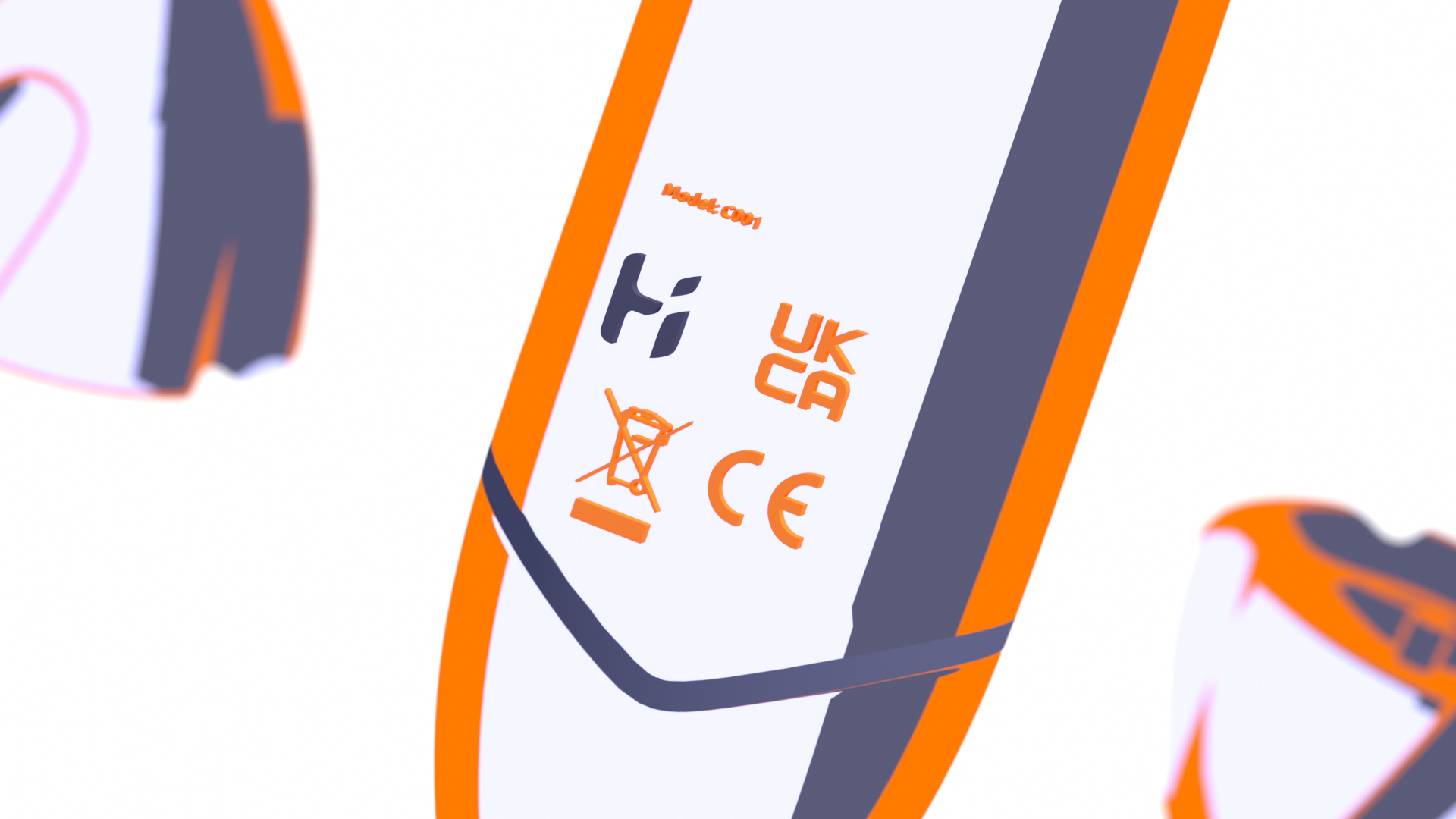
Certification is the process in which an independent third party declares a given product or service compliant to specific requirements.
CE Marking
The European Union imposes directives for minimum requirements for product safety and likewise for user and environment protection. Products falling into these directives can be placed on the market in the the European Union, only if they comply with the mentioned-above requirements and if they are provided with CE marking.
The CE marking allows access to products in the European market, but it is not intended as an approval or a mark of quality, and rarely requires to be certified by a third party. The CE marking most often is a self declaration made by the manufacturer who declares the compliance with the applicable directives that allow the free exchange of goods in the EU market.
Some directives and regulations, such as 2000/14/EC – Noise emission or EU 2016/426 – Burning of gaseous fuels, request the issuing of a specific certification from an European Notified body (1) to prove conformity to the requirements set by aforementioned. In the case that such a certificate is not required, the manufacturer has the possibility to voluntarily request a certification for its product by a third party.
EC type and voluntary certificates
Certification is the process in which an independent third party declares a given product or service compliant to specific requirements.
CE Marking
The European Union imposes directives for minimum requirements for product safety and likewise for user and environment protection. Products falling into these directives can be placed on the market in the the European Union, only if they comply with the mentioned-above requirements and if they are provided with CE marking.
The CE marking allows access to products in the European market, but it is not intended as an approval or a mark of quality, and rarely requires to be certified by a third party. The CE marking most often is a self declaration made by the manufacturer who declares the compliance with the applicable directives that allow the free exchange of goods in the EU market.
Some directives and regulations, such as 2000/14/EC – Noise emission or EU 2016/426 – Burning of gaseous fuels, request the issuing of a specific certification from an European Notified body (1) to prove conformity to the requirements set by aforementioned. In the case that such a certificate is not required, the manufacturer has the possibility to voluntarily request a certification for its product by a third party.
Notified Body (1) – Certification Body (technical institute or a test laboratory) which is recognised by competent authorities of a EU member state and notified by the European Commission.EC type and voluntary certificates
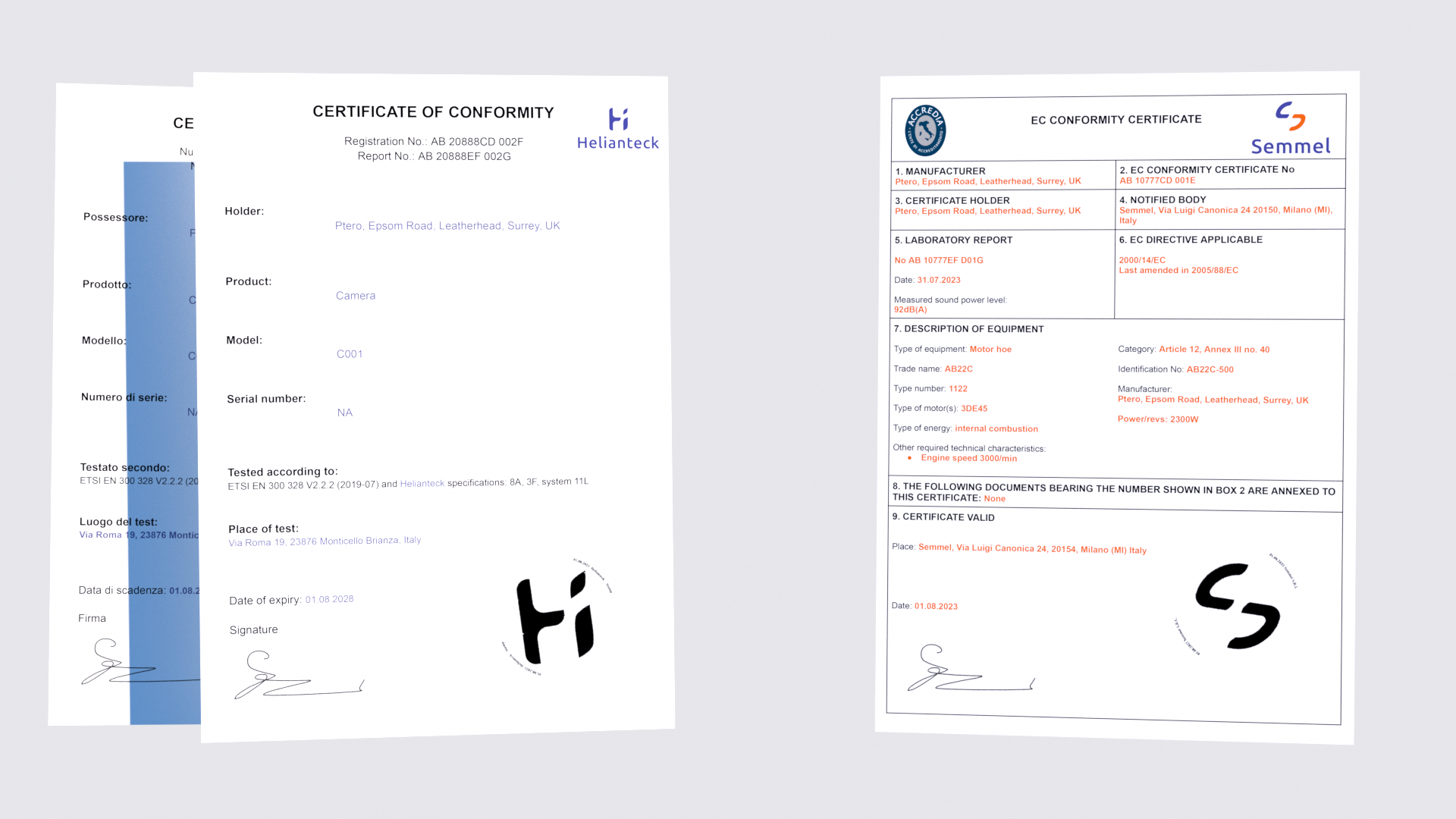
The voluntary certification implies an additional marking to the mandatory one (CE marking). Below it is shown the characteristics that a voluntary marking could have.
The H mark is a verified safety marking, it is voluntarily certificated. It applies to final products and shows their conformity to specific Helianteck requirements dealing with product safety. By obtaining this certification it is proved the observance of the minimum requirements for electrical or mechanical products, or other requirements defined with the certification body, such as the absence of dangerous chemical substances, the ergonomics, the noise limit levels and furthermore could include the evaluation of the manufacturing flow production.
The H mark accompanies the product to emphasize that a third party has certified it and its production is monitored yearly. Products with this mark have been put through rigorous tests and evaluations. Therefore, the presence of the H certification, widespread and renowned by companies, retailers and consumers, guarantees a clear advantage on the market to comparable products, lacking the mark.
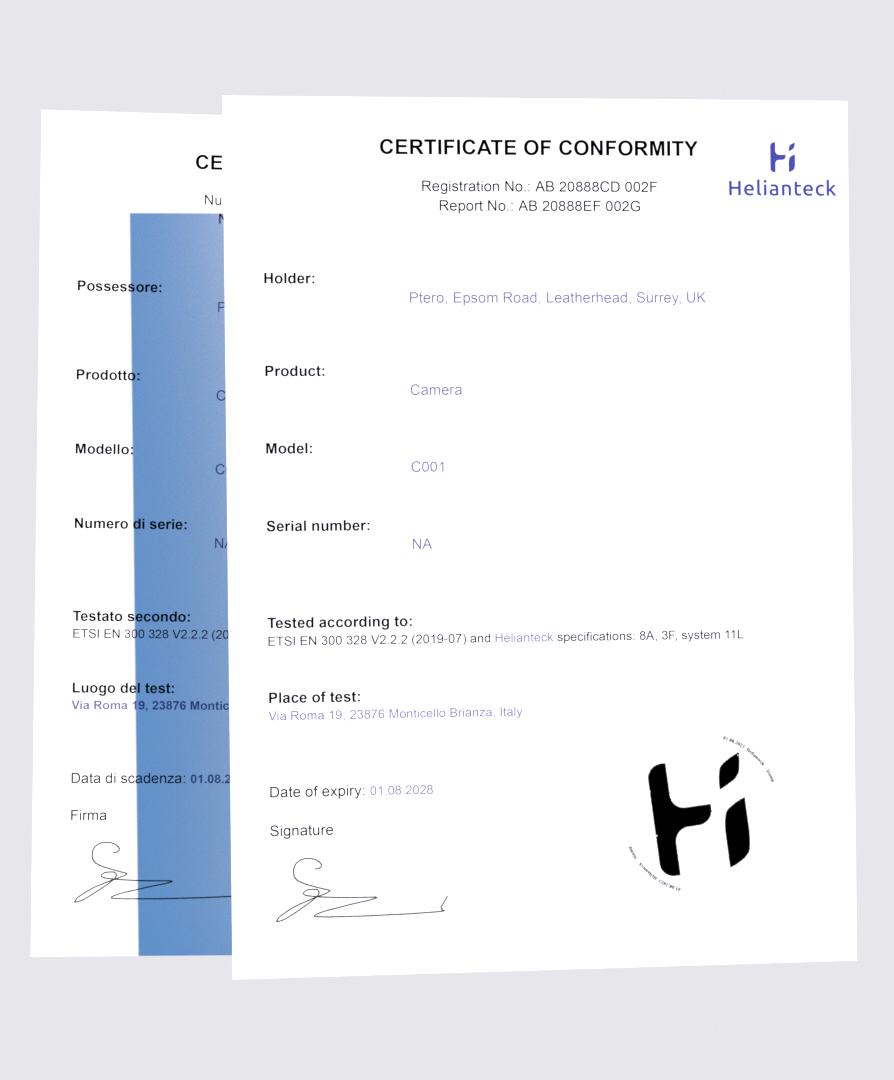
The voluntary certification implies an additional marking to the mandatory one (CE marking). Below it is shown the characteristics that a voluntary marking could have.
The H mark is a verified safety marking, it is voluntarily certificated. It applies to final products and shows their conformity to specific Helianteck requirements dealing with product safety. By obtaining this certification it is proved the observance of the minimum requirements for electrical or mechanical products, or other requirements defined with the certification body, such as the absence of dangerous chemical substances, the ergonomics, the noise limit levels and furthermore could include the evaluation of the manufacturing flow production.
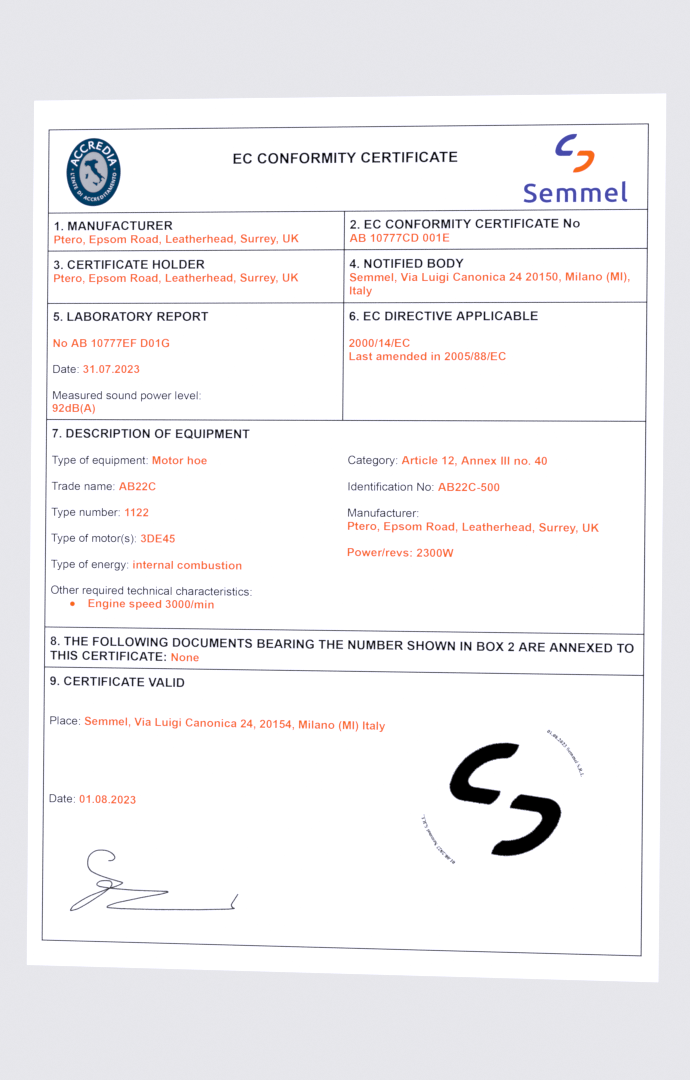
The H mark accompanies the product to emphasize that a third party has certified it and its production is monitored yearly. Products with this mark have been put through rigorous tests and evaluations. Therefore, the presence of the H certification, widespread and renowned by companies, retailers and consumers, guarantees a clear advantage on the market to comparable products, lacking the mark.
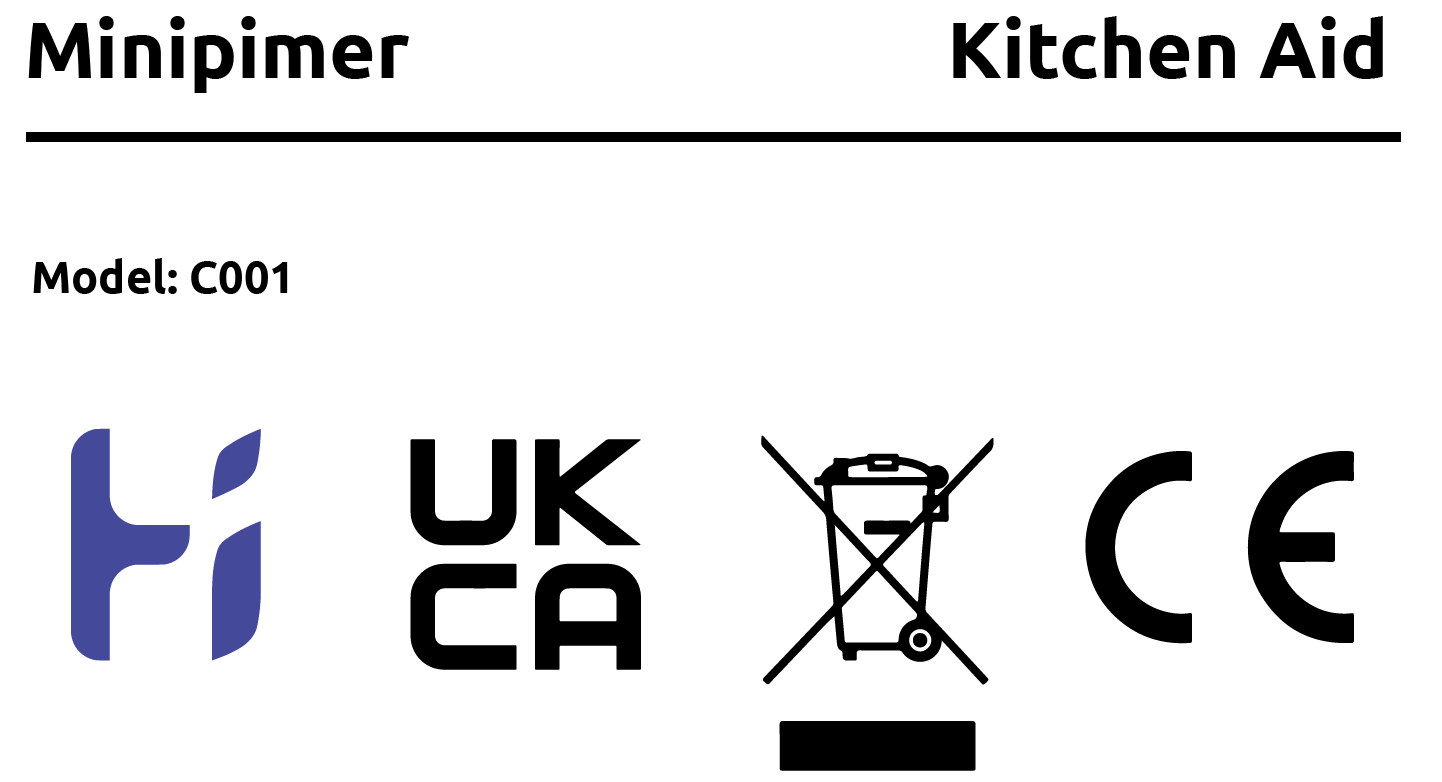
Validation of voluntary certification bodies
The choice of a certification body should fall on an accredited body (2), that is an entity that undergoes examinations and inspections in regard to the fairness and reliability of the evaluation process, following the release of the voluntary certification. The validation term, indicates the formal recognition of the expertise of the certification body on conducting its voluntary certification activity on products. In Italy, the validation of these certification bodies is entrusted to ACCREDIA, which in turn, through mutual evaluation and recognition, ensures the validity of its certification in an international setting.
It is reiterated that the release of a voluntary certification is not in any circumstance tied to EU Certification released by a notified body.
Validation of voluntary certification bodies
The choice of a certification body should fall on an accredited body (2), that is an entity that undergoes examinations and inspections in regard to the fairness and reliability of the evaluation process, following the release of the voluntary certification. The validation term, indicates the formal recognition of the expertise of the certification body on conducting its voluntary certification activity on products. In Italy, the validation of these certification bodies is entrusted to ACCREDIA, which in turn, through mutual evaluation and recognition, ensures the validity of its certification in an international setting.
It is reiterated that the release of a voluntary certification is not in any circumstance tied to EU Certification released by a notified body.
Accredited Body (2) – Certification Body of which is recognised competency and impartiality of its inspection and validation.